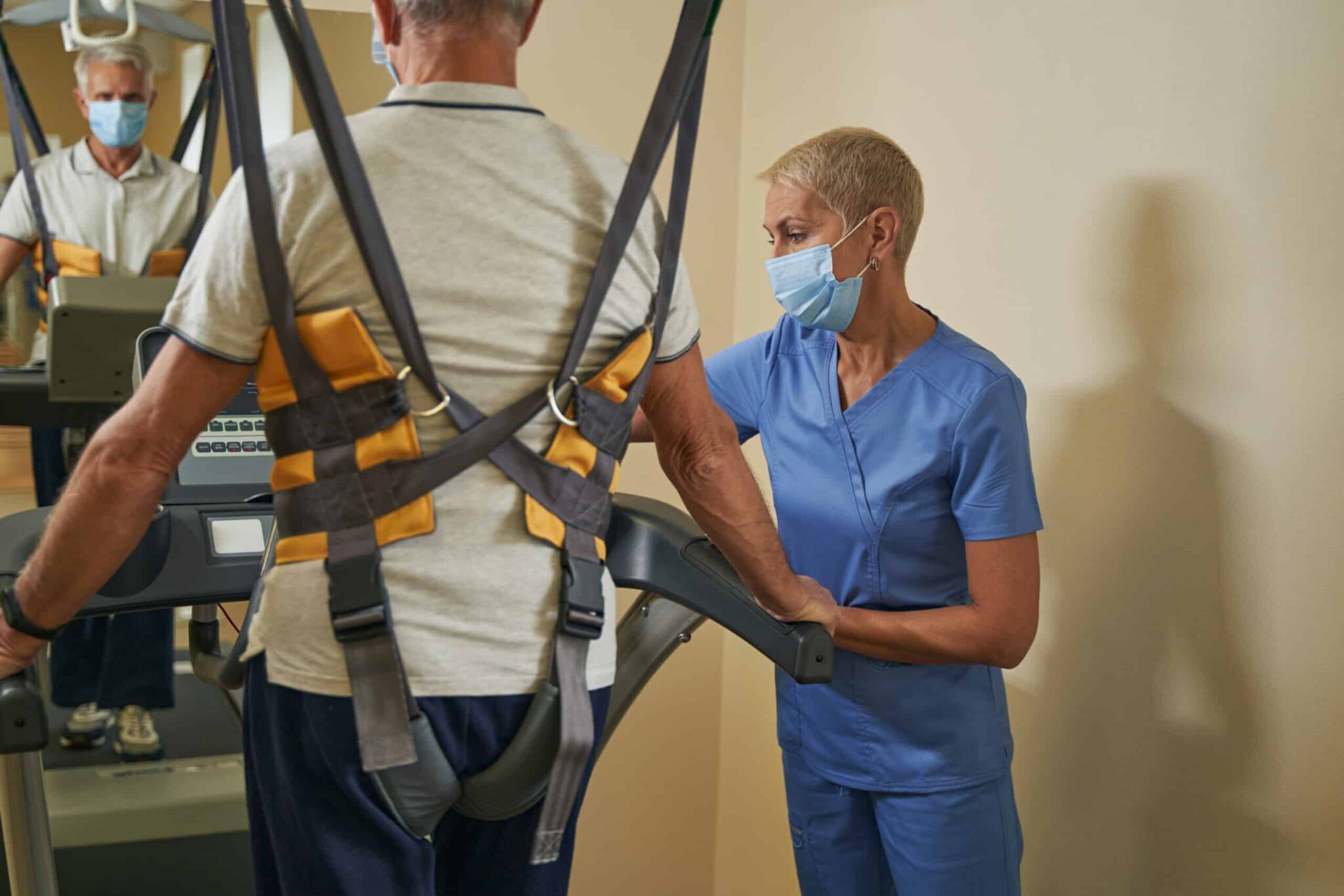Introduction
In today's busy workplace, making sure the safety and wellness of workers is critical. Amongst the crucial elements of workplace safety and security is the stipulation of Automated External Defibrillators (AEDs). These lifesaving gadgets are vital for replying to abrupt cardiac arrests, which can happen in any kind First Aid Course in Wollongong of setup, including workplaces. This extensive guide will certainly delve into the Workplace AED Needs in Australia, highlighting what every company requires to understand about carrying out and preserving AEDs.

Workplace AED Needs in Australia: What Every Employer Demands to Know
Understanding the legal and practical requirements bordering AEDs is vital for all employers in Australia. The Australian Resuscitation Council stresses that having an AED on-site can substantially enhance survival rates throughout heart emergencies. Employers ought to familiarize themselves with their responsibilities under relevant legislation, consisting of the Job Health and Safety Act 2011.
The Importance of Having an AED in Your Workplace
Every second counts when it concerns a heart emergency. An AED can be the difference between life and fatality. According to research studies, very early defibrillation improves survival rates by as much as 70%. This underscores why it's not just an excellent concept-- it's a necessity.
Understanding Automated External Defibrillator Discussed Australia
An Automated External Defibrillator (AED) is a mobile gadget that checks heart rhythm and can send an electric shock to the heart if needed. The tool guides users via the process with voice prompts and aesthetic instructions, making it useful also for individuals without clinical training.
How to Utilize an AED Detailed Australia
Using an AED includes several essential steps:
Assess Responsiveness: Check if the individual is responsive. Call for Help: Dial emergency services immediately. Retrieve the AED: Get the local AED. Attach Pads: Adhere to layouts on pads for right placement. Analyze Heart Rhythm: The gadget will certainly assess whether a shock is needed. Deliver Shock if Necessary: Ensure nobody is touching the person prior to pushing the shock button. Continue CPR: After delivering a shock, continue mouth-to-mouth resuscitation until emergency situation solutions arrive.AED and CPR With each other Australia
Combining CPR with an AED improves survival chances considerably. While waiting on an ambulance, doing CPR maintains blood circulating, boosting oxygen supply to crucial body organs till defibrillation can occur.
AED Use on Kid Australia
When using an AED on youngsters, special pediatric pads are typically required. Lots of contemporary tools come furnished with child-specific setups that readjust power degrees based on age or weight criteria.
AED Battery Upkeep Australia
Maintaining your AED consists of examining battery standing routinely, replacing batteries according to manufacturer guidelines, and making certain pads are not ended or damaged.
Workplace AED Requirements Australia
Employers should ensure that:
- A suitable variety of AEDs are available based on workplace size and location. Employees have accessibility to training for using the device. Regular maintenance checks are done according to manufacturer recommendations.
Public AED Locations Australia
Many public rooms currently include available AEDs; understanding where these locations are can conserve lives beyond work environment setups too. Local councils usually preserve data sources of these locations.
Defibrillator Training Courses Australia
Training training courses offer vital knowledge regarding using defibrillators successfully alongside CPR methods. Organizations like St John Ambulance offer qualifications that gear up employees with lifesaving skills.
Defibrillator Regulation Australia
Legislation bordering defibrillators varies by state but generally mandates certain offices, such as health clubs or aged treatment facilities, to have AEDs conveniently offered for use throughout emergencies.

Choosing Right AED Australia
Selecting a suitable model depends on aspects such as:
- Intended usage (workplace vs industrial) User-friendliness Availability of pediatric options
Identifying Prospective Catastrophes in Your Workplace
Employers need to conduct risk assessments on a regular basis to identify prospective medical emergency situations special to their atmosphere-- this might consist of evaluating staff member wellness dangers or environmental hazards affecting emergency reaction affordable First Aid course in Wollongong protocols.
FAQs
1. What is an Automated External Defibrillator?
An Automated External Defibrillator (AED) is a portable tool made to deal with individuals experiencing unexpected heart attack by providing an electrical shock that assists recover regular heart rhythm.
2. Are there lawful needs for having an AED in my workplace?
Yes, while specific regulation may vary by state or area, many regions require work environments-- especially those thought about high-risk-- to have access to automated outside defibrillators as part of their first aid provisions.
3. Just how usually should I inspect my workplace's AED?
It's a good idea to inspect your office's AED at the very least once a month and after each use, guaranteeing that batteries are useful and pads are within expiry dates.
4. Can any individual use an AED?
Yes! Modern gadgets are developed for laypeople and offer step-by-step audio guidelines; nonetheless, official training is suggested for optimum preparedness throughout emergencies.
5. What is consisted of in defibrillator training courses?
Courses typically cover just how to run an AED safely, carry out mouth-to-mouth resuscitation efficiently, acknowledge signs of cardiac arrest, and respond appropriately during medical emergencies.
6. Where can I locate public accessibility defibrillators?
Public access defibrillators can be located in various locations such as shopping mall, airport terminals, colleges, sporting locations, and recreation center; regional authorities typically keep maps showing these locations.
Conclusion
Ensuring workplace security includes more than just compliance; it's about cultivating a culture of readiness amongst staff members worrying health and wellness emergencies such as heart attacks. Implementing reliable plans around Automated External Defibrillators (AEDs) not just boosts your duty of treatment yet likewise reveals dedication towards employee welfare-- a win-win situation!
In recap, recognizing the vital elements surrounding office AED demands in Australia outfits employers with understanding essential for developing much safer settings conducive to both productivity and health among personnel-- because at the end of the day? Everyone deserves comfort knowing they're made sure of!